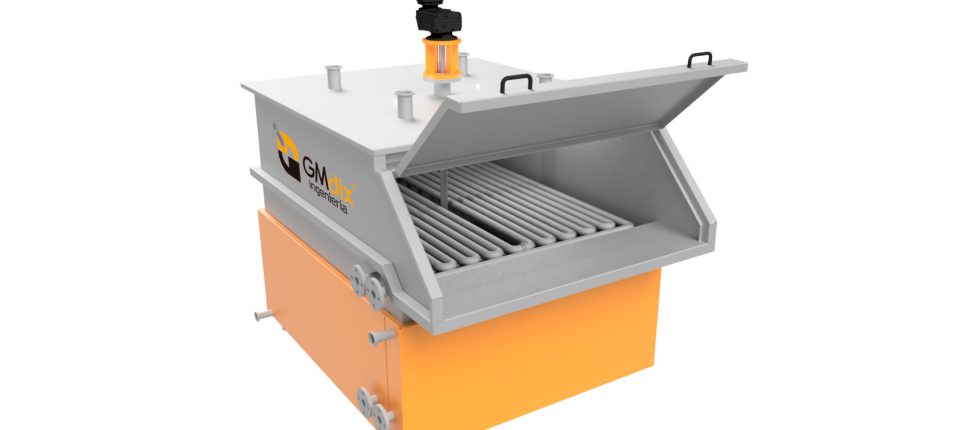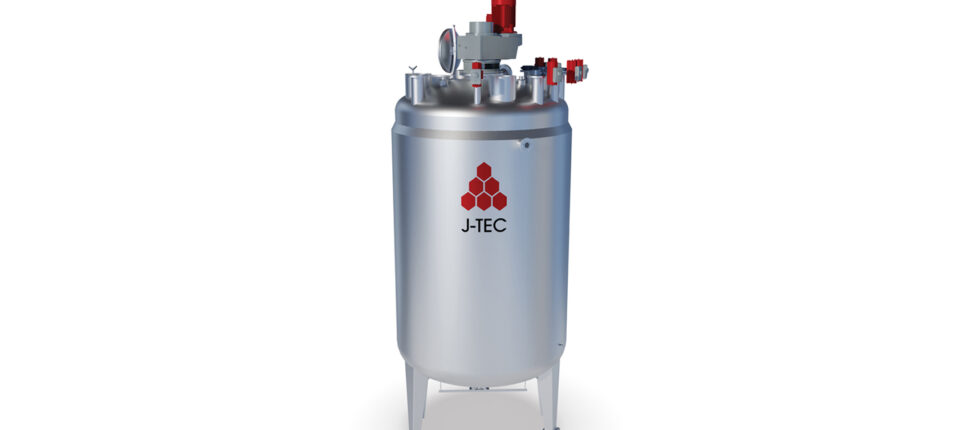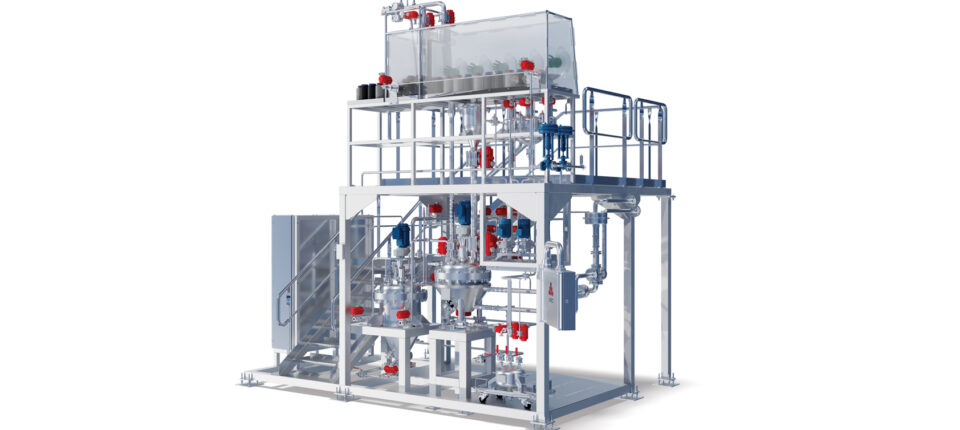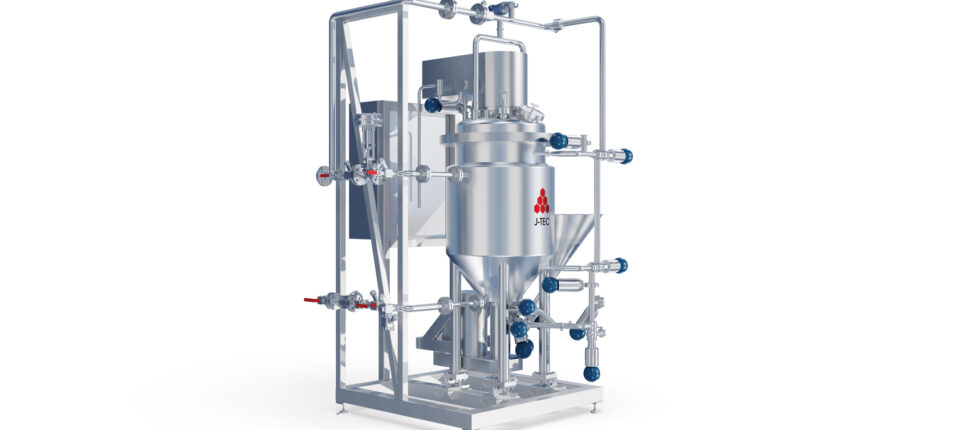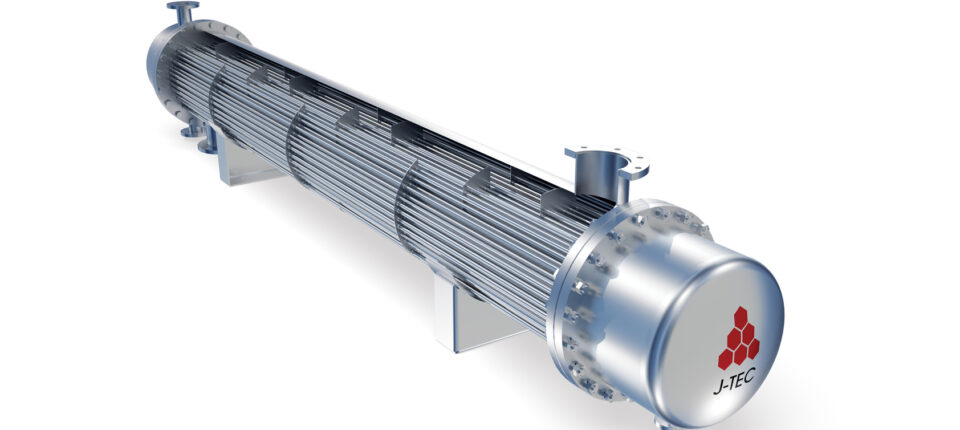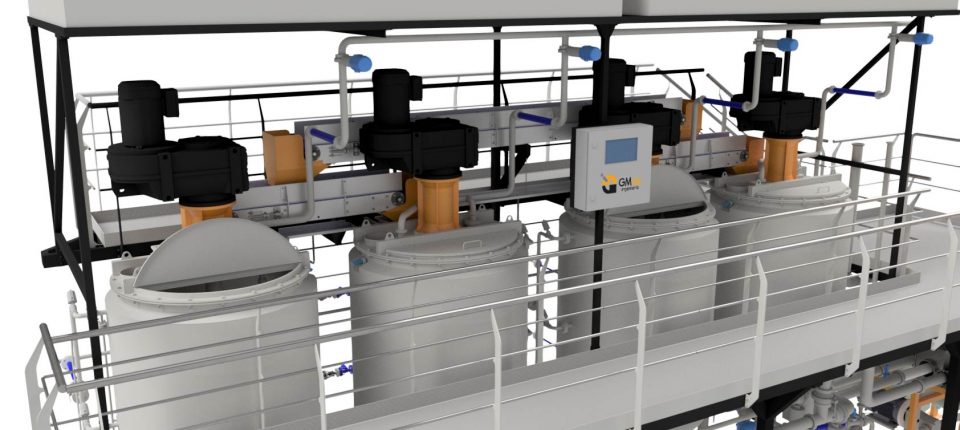Application of cyclone separator
Industrial cyclone separators use centrifugal force to separate solids from a gas stream. Two spirals of gas are produced, one descending on the outside and another ascending on the inside. The solids descend attached to the wall of the cyclone to the outlet, separating from the rising air current due to the effect of gravity.
Cyclones are built according to set proportions depending on the type and class selected. There are different classes such as: high efficiency, conventional, and high capacity.
Operation
The cyclone separator uses its geometry to separate the extracted solid material from the air stream. This vortex separation causes the solid particles to hit the outer wall of the cyclone, decelerate, and then fall into the collector at the base. The clean air then passes downstream to the dust extraction source. As a result, the filters in the central extraction system do not become clogged with material.
Summary:
- The particles hit the wall of the cyclone, decelerate, and separate from the air stream.
- The particles fall by gravity into the collector at the base of the cyclone.
- Clean air passes to the extraction source.
Technical characteristics
Cyclones can operate at high temperatures. The maximum temperature depends on the cyclone material. For example, the maximum operating temperature is 800C for those built with carbon steel.
In terms of pressure, what is important is the pressure difference to which the cyclone is subjected. For an internal cyclone, for example, in a fluidised bed that operates at high temperatures, the difference in internal and external pressure of the cyclone is zero. Therefore, resistance considerations should not be included in its design. On the other hand, an external cyclone that processes dirty gas at high pressure will have a much higher internal pressure than the external one, which must be taken into account in its design.
Friction from solid particles severely erodes the interior walls of the cyclone. To reduce deterioration, cement-covered hexagonal-type meshes are commonly installed.
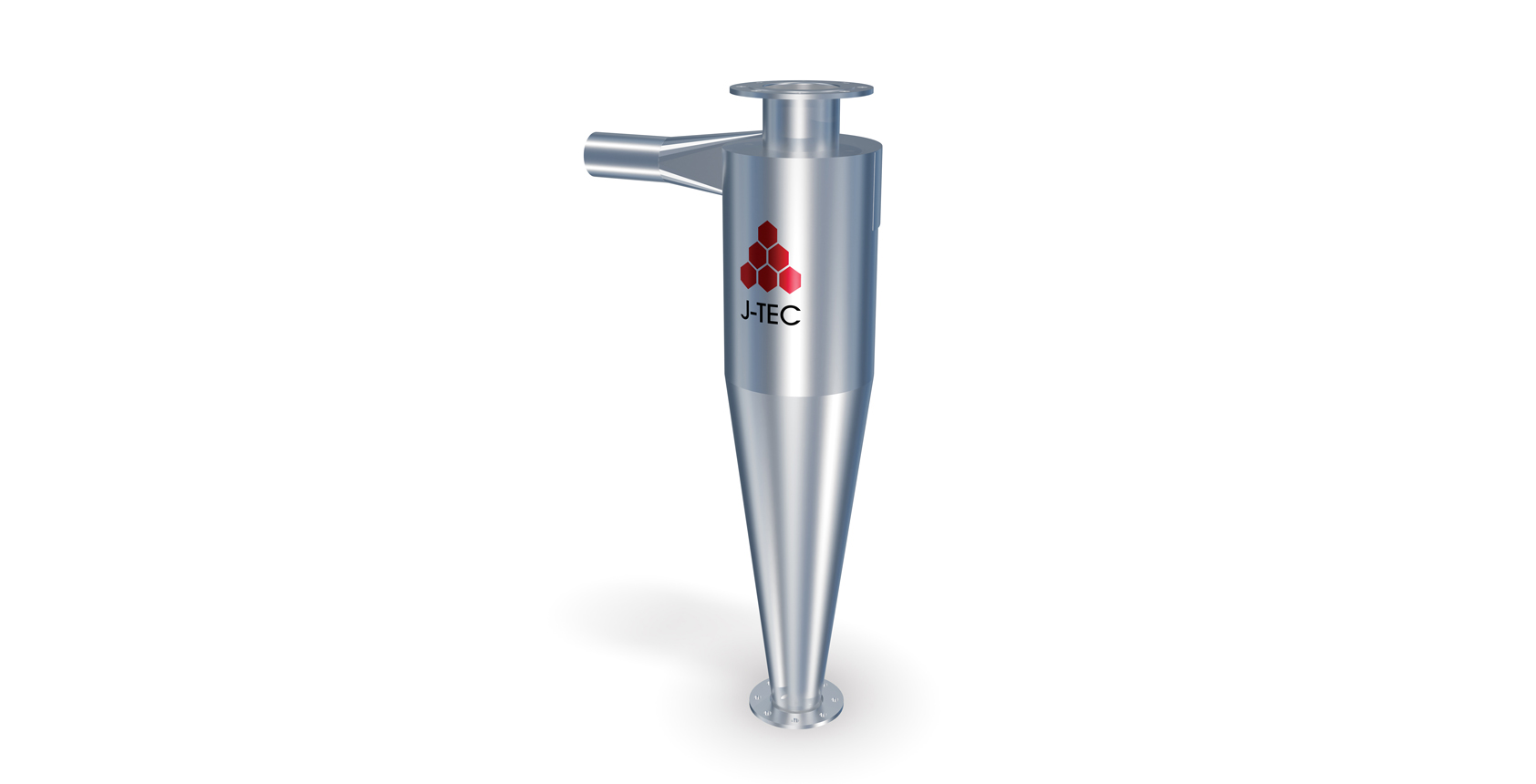
Advantages
-
Cyclones are simple equipment that are easy to maintain as they have no moving parts.
-
Low investment cost.
-
Enables separation under drastic temperature and pressure conditions.
-
Constant pressure drop.
-
May be made of various materials (ceramics, alloys, steels, cast iron, aluminium, plastics).
-
It can separate both solid and liquid particles, sometimes both at the same time, depending on the design of the cyclone itself.


